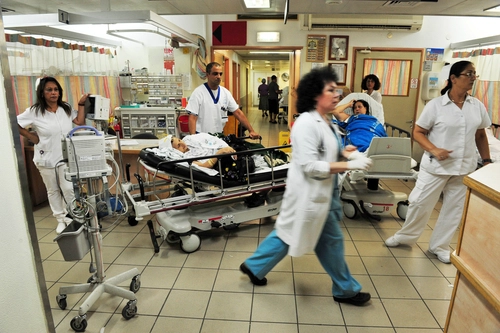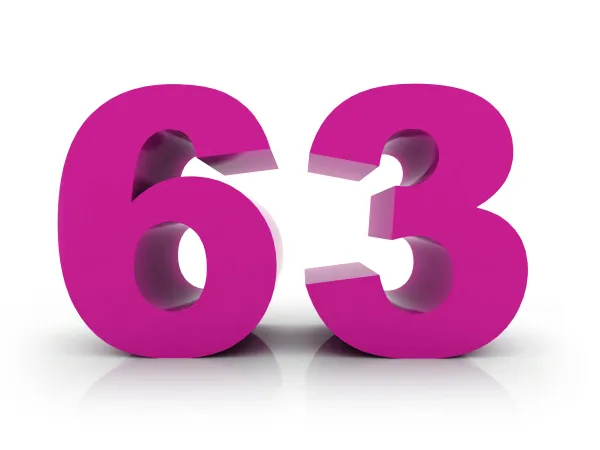Modifier Coding Alert
Unlock $280 Extra on Multi-Code Critical Care Encounters With Modifier 25

Ensure the services aren’t bundled into 99291 first.
When a patient is critically ill or injured, the exact nature of the services the physician provides can get lost in the shuffle. You should be on the lookout for separately reportable services in addition to critical care.
If you find a separately reportable service, you also need to choose the proper modifier. The modifier you choose, and which code you append it to, will depend on the situation.
Get it right the first time with this advice on reporting codes in conjunction with critical care.
Check CPT® For Separately Reportable Services
If you don’t know which services you can code separately from 99291 (Critical care, evaluation and management of the critically ill or critically injured patient; first 30-74 minutes) and 99292 (… each additional 30 minutes [List separately in addition to code for primary service]), you run the risk of miscoding. This could lead to lost revenue or audit exposure.
How it works: If a procedure is not listed as part of critical care service in the CPT® descriptors for critical care, then you can report it separately “unless billing for the service is prohibited for the site of service, or by specific payer rules,” confirms Caral Edelberg, CPC, CPMA, CAC, CCS-P, CHC, chairman of Edelberg & Associates in Atlanta. If your documentation supports the services as well as the critical care of the patient, you should bill for those services separately.
Procedures that CPT® bundles into critical care include, but are not limited to:
- interpretation of cardiac output measurements (93561, 93562);
- pulse oximetry (94760, 94761, 94762);
- gastric intubation (43752, 91105); and
- ventilator management (94002–94004, 94660, 94662).
For a complete list of procedures that CPT® bundles into critical care, check your CPT® manual. If you cannot find evidence of a procedure being bundled into 99291 or 99292, be ready to code it separately from critical care with the supporting documentation.
Append 25 To 99291 Or Risk At Least $280
When the provider performs critical care and a separately reportable procedure during the same encounter, you must use modifier 25 (Significant, separately identifiable evaluation and management service by the same physician or other qualified health care professional on the same day of the procedure or other service) on the critical care code to capture payment for both, says Jim Strafford, CEDC, MCS-P, principal of Strafford Consulting in the Bryn Mawr, Pa. “If you don’t use modifier 25, some [claims] will definitely be denied,” he adds.
Example: The physician provides 47 minutes of critical care and an additional 34 minutes performing CPR and endotracheal intubation.
On this claim, you should report 92950 (Cardiopulmonary resuscitation [eg, in cardiac arrest]) for the CPR and 31500 (Intubation, endotracheal, emergency procedure) for the intubation. Then, report 99291-25 for the critical care.
Potential consequences: If you report 99291 without appending modifier 25 in the above example, there is a chance the claim will process. . However, there is a better chance that one of the following negative outcomes will occur:
1. Some payers will deny the critical care, and this would be costly. The average national payout for one unit of 99291 is about $280 (7.77 total nonfacility relative value units [RVUs] multiplied by the Medicare conversion rate of 35.9335).
2. Some payers will deny the procedure[s], so your office will lose out on whatever fee Medicare attached to the procedure[s]. In our example, 92950 pays about $310 (8.63 nonfacility RVUs times 35.9335) and 31500 pays about $114 (3.17 nonfacility RVUs times 35.9335). So if Medicare denies the procedures on this claim, you will lose about $424.
3. Some payers will deny the critical care and the procedure[s], says Strafford. “Then you potentially have a whole denial on your hands,” he continues. For the services in our example, an entire denial would mean about $700 less in your practice’s coffers.
Code Some E/Ms Separate From Critical Care
In addition to procedures, you might also be able to code a separate E/M service along with critical care.
Option #1: A patient whose condition deteriorates during the course of service might qualify for two codes, explains Edelberg.
Such an encounter would be rare, Edelberg says, so you’ll need to burnish your claim with the proper information. First, you need to make sure you append modifier 25 to the additional E/M code (not 99291).
“This would establish the E/M as separate and distinct from the critical care,” says Edelberg.
Your claim would also need to include documentation “to establish the time the patient’s condition deteriorated, the organ systems at risk, the condition of the patient and the time the patient’s condition was judged to be critical,” Edelberg explains. In other words, the documentation must clearly substantiate the need for the separately identifiable visit with the critical care on the same day.
Option #2: A patient who comes in for an E/M service, and then reports later that same day for critical care, might also be eligible for two codes.
Example: A patient with a history of angina reports to the emergency department (ED) at 8 a.m. Thursday complaining of chest pain. Encounter notes indicate that the physician performed a level-four ED E/M service before discharging the patient. At 2:30 p.m. Thursday, the patient is brought to the ED after having a myocardial infarction (MI). The physician provides 49 minutes of critical care to the patient.
For this encounter, Strafford recommends you report 99291 for the critical care and 99284 (Emergency department visit for the evaluation and management of a patient, which requires these 3 key components: a detailed history; a detailed examination; and medical decision making of moderate complexity. …) with modifier 25 appended for the ED E/M service.
Warning: The above scenario constitutes “two separate visits on same day, and it clearly justifies 99284 and 99291 — but that’s not a guarantee that every payer will go along with it,” Strafford says.
Best bet: Send as much documentation as you can that proves that the ED E/M service was truly separate from the critical care. While Strafford concedes that getting this type of documentation is a “pain” for coders, he says “but, it’s worth it to get paid for both codes.”
Related Articles
Modifier Coding Alert
- Compliance:
ABNs: Make The Extra Effort To Remain In Modifier Mainstream
Modifier quartet won’t affect payment, but Medicare might notice if you don’t use them. When [...] - Modifier Madness:
Capture Deserved Pay for Excisions In Same Body Area
Use 59, 51 in these multi-excision encounters. When your physician removes multiple lesions of the [...] - Clip 'n Save:
Use These Modifiers On Potentially Uncovered Medicare Services
Keep your ABN-related modifiers straight with this table. When the physician performs a service that [...] - Emergency Department Coding:
Unlock $280 Extra on Multi-Code Critical Care Encounters With Modifier 25
Ensure the services aren’t bundled into 99291 first. When a patient is critically ill or [...] - You Be the Coder:
Coding X-ray/FBR Encounters
Question: A 10-year-old established patient fell from his bicycle and reported for examination and removal of [...] - Reader Questions:
Append Q6 For Every Locum Service
Question: We will employ a substitute physician to fill in for one of our physicians who [...] - Reader Questions:
Rely On Documentation to Drive Modifier 22 Claims
Question: I work for a four-physician gastroenterology practice. Three weeks ago, one of our physicians performed [...] - Reader Questions:
Relax ... A Little ... About ICD-10 Start
Question: Has there been any news on the ICD-10 implementation? We feel like we’re way behind [...]




